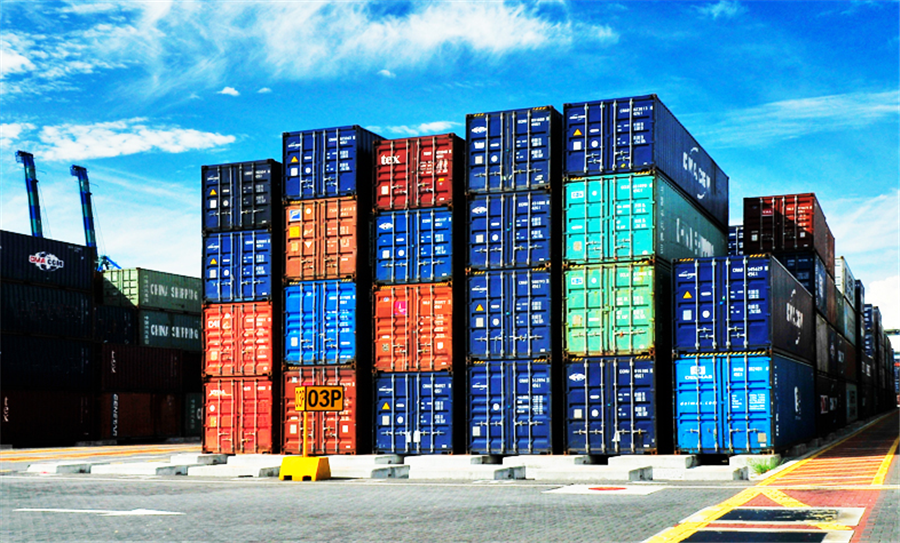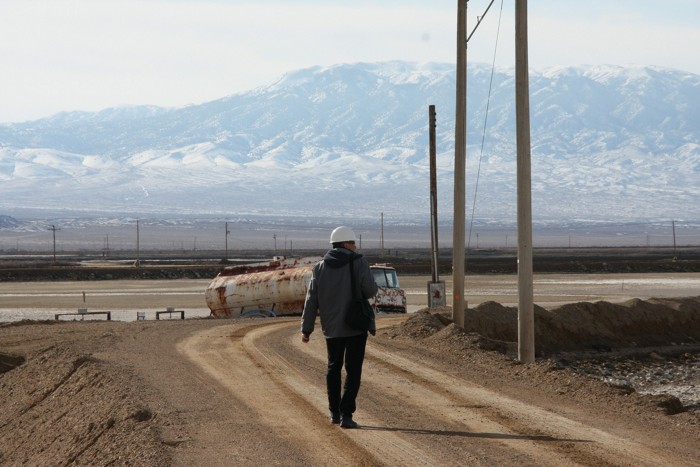New controversy engulfs London Metal Exchange’s warehouses

The London Metal Exchange’s (LME) warehouse problems are back.
Long load-out queues earlier this decade generated media scandal, a flurry of legal action and intense regulatory scrutiny of the exchange.
The ensuing raft of reforms to its storage network appeared to have laid the issue to rest.
At the end of February, there was a 229-day queue to get aluminium out of warehouses in Malaysia’s Port Klang. That’s business days, not calendar.
Not so.
At the end of February, there was a 229-day queue to get aluminium out of warehouses in Malaysia’s Port Klang. That’s business days, not calendar.
Some of that metal is at the centre of a dispute between the warehouse operator, ISTIM, and trading powerhouse Glencore , which has lodged a complaint with the LME.
The argument turns on the minutiae of the exchange’s labyrinthine warehouse rules but the underlying problem remains the same as ever.
ISTIM has built a dominant warehousing position in Port Klang which it is now leveraging to exact maximum revenue at the cost of exchange users.
This is a rerun of what caused the original queues first at Detroit and then the Dutch port of Vlissingen, where the aluminium load-out wait stretched as far as 774 days at one stage in 2014.
Now as then, LME warehousing has moved from ancillary function to driver of the market.
Queue or no queue
It is ironic that both sides in the Port Klang dispute have previous queue form.
Glencore, through its logistics arm Access World, was “the owner” of the Vlissingen load-out queue, while ISTIM in its former guise of Metro International was the originator of the queue template at Detroit.
Both are expert players of the complex LME warehousing game and between them they appear to have exposed a flaw in the rule-book.
The disagreement hinges on whether there was a queue at ISTIM’s Port Klang facilities at the end of January.
Yes, according to Glencore, apparently vindicated by the LME’s own monthly report showing a waiting time of 118 days for aluminium.
No, according to ISTIM, which says the queue existed only from midnight Feb. 1.
The difference of opinion boils down to the time-line governing Glencore’s aluminium warrant cancellations and shipping instructions and ISTIM’s subsequent allocation of load-out berths.
Confusingly, the LME itself seems to have different cut-off points for when a queue is reported as existing and when it triggers a faster load-out requirement by the warehouse operator.
This clash of warehouse and trading giants may be over just a few hours’ difference but it has significant financial consequences for both sides.
Had there been a designated queue at ISTIM’s Port Klang facilities at the end of January, the LME’s LILO (load-in, load-out) rule would have kicked in, requiring the warehouser to load out more metal per day from the start of March.
ISTIM would have lost revenue and Glencore would have saved storage costs.
In the event LILO wasn’t triggered and since LILO is calculated on rolling three-monthly periods, February’s even longer queue doesn’t count.
ISTIM can load out the 350,021 tonnes of cancelled tonnage in its sheds at the normal, non-accelerated rate.
Glencore’s tonnage, reportedly around 200,000 tonnes, has been “queued”.
And cue a likely clash of legal advisers as to the devilish detail of the LME’s warehousing rules.
The game may have evolved but the latest controversy is at its core simply a rerun of the original LME warehousing saga.
Dominant warehousing
ISTIM came onto the LME warehousing scene in 2015, marking a return to the market of the Whelan family, who owned Metro before selling up to Goldman Sachs in 2010.
In the intervening four years, ISTIM has grown to become the largest LME warehouse operator measured by tonnage held.
Its sheds were storing 32 percent of the 1.83 million tonnes of metals registered with the LME at the end of February. The next-largest operator was C. Steinweg with 21 percent.
At Port Klang ISTIM is dominant, holding 84 percent of all LME-stored metal.
This being the through-the-looking-glass world of LME warehousing, its dominance is not based on offering the lowest storage rates but rather the best incentives for traders to give it metal.
Incentives, which are allowed by the LME, can come in a multitude of forms from paying cash premiums to covering freight costs to sharing revenue flows.
As ISTIM knows from experience, queues can accelerate the dominance game as the warehouser uses the locked-in rental revenue to outbid competitors for fresh metal.
Opaque market
Revenue-sharing incentives are a particular bone of contention in the LME community.
A buyer of LME metal such as Glencore not only has little leeway to negotiate a new revenue deal but may find itself in the frustrating position of knowing that some of its storage costs are flowing through to a possible competitor who gave the warehouse operator the metal in the first place.
Along with the yawning gap between LME and off-market storage costs and the LME’s revamped rules, they act to accelerate the cancellation and removal of metal from the exchange.
LME stock movements accordingly become a function not of market but of storage dynamics.
This is particularly true of aluminium, which accounts for around two-thirds of the metal registered with the exchange, but the trend of moving metal out of the LME system just as fast as possible is playing out across all the base metal markets.
And while exchange stocks have only limited price-signalling power at the best of times, they shouldn’t be determined by the current opaque warehouse incentive market.
The LME may have found a way to force an accelerated attrition of load-out queues, but quite evidently it hasn’t worked out how to stop them happening in the first place.
Warehousing has been a thorn in the exchange’s side for about as long as anyone can remember.
And it looks like the exchange will have to do some more thinking as to whether it has yet achieved a system that is equitably balanced between warehouse operator and market user.
(By Andy Home, Editing by Dale Hudson)
{{ commodity.name }}
{{ post.title }}
{{ post.date }}


Comments